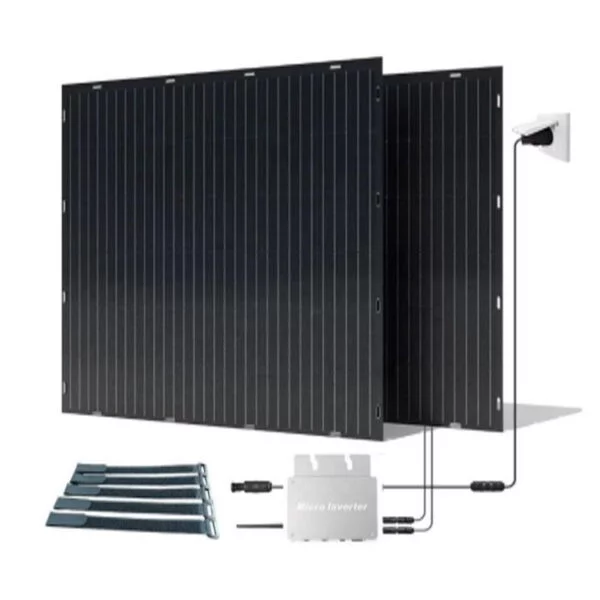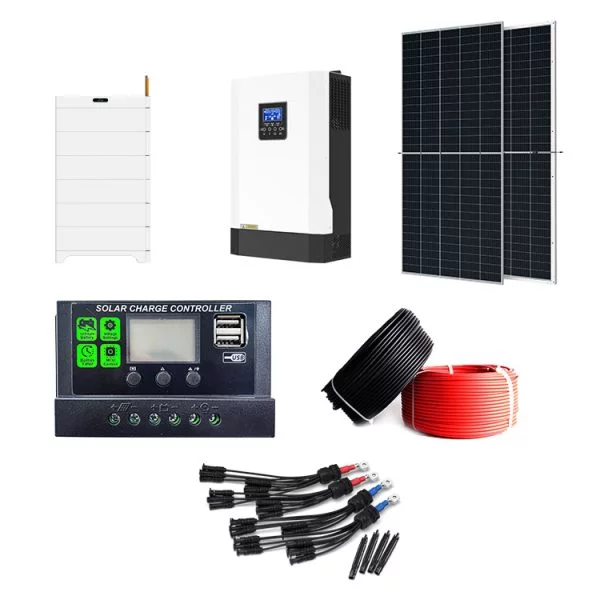HOT PRODUCT
Product Details
solar Energy Myths Debunked: Amorphous Flexible Panels
Solar Energy Myths Debunked: Amorphous Flexible Panels
Solar energy is becoming an increasingly popular choice for renewable power generation. However, along with its growing popularity, a number of myths and misconceptions have emerged. One such misconception revolves around amorphous flexible solar panels. In this article, we will debunk some of the common myths associated with these panels and explore their benefits and limitations.
Myth 1: Amorphous flexible solar panels are less efficient than traditional crystalline panels
One of the most common misconceptions about amorphous flexible solar panels is that they are less efficient compared to traditional crystalline panels. While it is true that crystalline panels generally have higher conversion efficiencies, amorphous panels have their own advantages.
Amorphous panels are made of thin-film photovoltaic materials, such as amorphous silicon. These materials are much thinner and lighter than the crystalline silicon used in traditional panels. As a result, amorphous panels can be produced in a flexible form, allowing for unique applications and installations. They can be integrated into building materials and curved surfaces, making them ideal for unconventional installations where traditional panels would not be feasible.
Myth 2: Amorphous flexible solar panels are fragile and prone to damage
Another myth surrounding amorphous flexible panels is that they are fragile and more prone to damage compared to their crystalline counterparts. While it is true that the thin-film nature of amorphous panels makes them more susceptible to certain types of damage, such as punctures, proper installation and maintenance can mitigate these risks.

Amorphous panels are designed to be flexible and withstand bending and minor impacts. They are often encapsulated in durable materials such as polymer films or laminates, providing protection from environmental factors. Additionally, manufacturers have developed innovative encapsulation techniques to enhance their durability.
Myth 3: Amorphous flexible solar panels have a shorter lifespan than crystalline panels
It is also a misconception that amorphous flexible solar panels have a shorter lifespan compared to traditional crystalline panels. The lifespan of solar panels depends on many factors, including the quality of materials and installation, as well as the local climate.
While the average lifespan of amorphous panels may be slightly shorter compared to crystalline panels, it is still possible to achieve a lifespan of 20-25 years or even longer with proper care. Manufacturers often provide warranties that guarantee a minimum power output for a specified period, demonstrating their confidence in the durability and longevity of these panels.

Myth 4: Amorphous flexible solar panels are not suitable for high-efficiency applications
Many people believe that amorphous flexible solar panels are not suitable for high-efficiency applications, such as residential or commercial installations. While it is true that crystalline panels generally have higher efficiencies, amorphous panels can still be a viable choice for various applications.
In certain situations where space or weight constraints are critical, amorphous flexible panels offer unique advantages. Their ability to conform to curved surfaces and be integrated into building designs make them suitable for architectural integration, such as solar shingles or solar windows. They may have slightly lower efficiencies, but they can still provide a significant amount of renewable energy in the right conditions.
In conclusion, the myths surrounding amorphous flexible solar panels are often based on misconceptions or limited understanding of their capabilities. While they may have slightly lower efficiencies compared to traditional crystalline panels, their flexibility and versatility open up new possibilities for solar energy integration in various applications. It is important to evaluate the specific requirements and constraints of each project before deciding on the most suitable solar panel technology.




